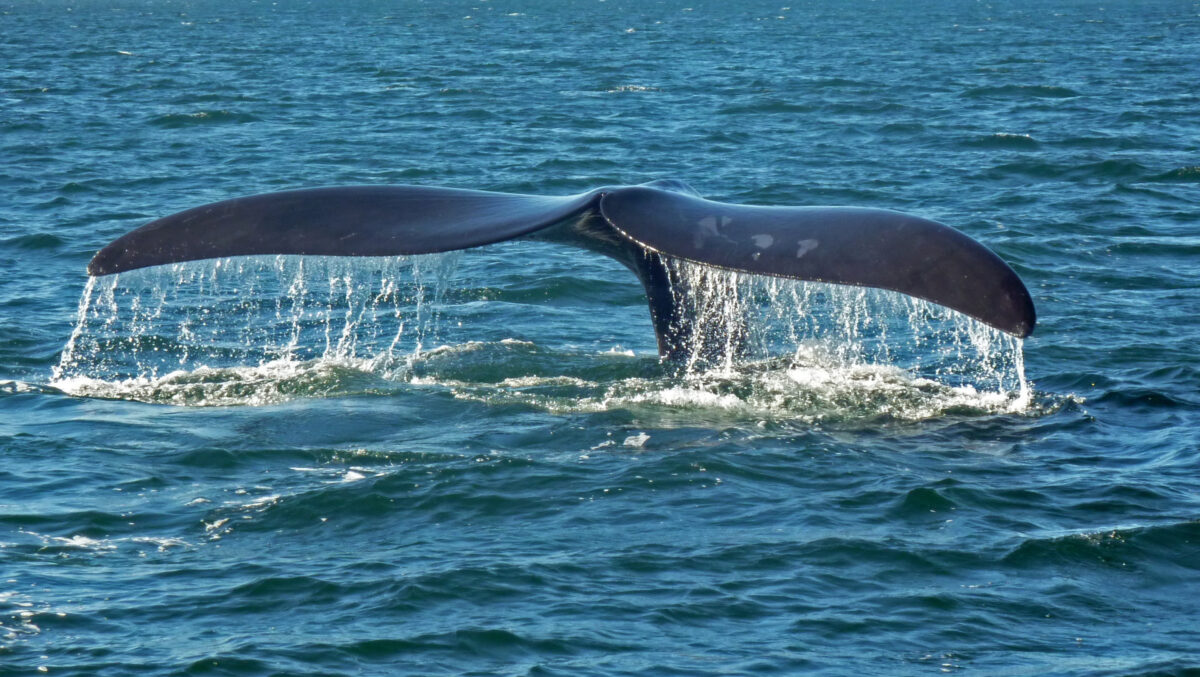Remember when we were kids, and we played that game with beach waves to see how long we could stand in the sand before the waves pulled it away from our feet? Now imagine this game on a grand scale, but instead of your feet being unsteadied in the sand, the entire balance of our coastal ecosystems is being unsteadied by climate change. Researchers from the Virginia Institute of Marine Science and the College of William and Mary have explored an option for saving our coastal regions through living shorelines, comparing them to the depleting fringe marshes that they could imitate on our shores; these marshes are vital to ecological stability because they lie between the mainland and the coastal shores, providing resources for both freshwater and saltwater life due to tidal currents. Living shorelines are installed stabilizing structures on shores, much like armored shorelines such as sea breaks, however they consist of shrubs and rock sills rather than concrete. Not only does their addition to our shorelines aid in erosion prevention, but they also support the ecosystem by adapting to changing sea levels and providing resources to the life that functions in their domain.
In a 2018-2019 study published in the journal, PeerJ, the researchers tried to determine if man-made living shorelines could mimic the ecological benefits of natural fringe marshes. They studied pairs of existing fringe marshes and installed living shorelines near each other. The study primarily analyzed the conditions of soil composition as well as the vitality and size of the fish, plant, heron, and diamondback terrapin populations inhabiting the area.
“Living shorelines perfectly mimic the jobs that fringe marshes perform for the ecosystem… [their implementation] is pertinent in mitigating climate change destruction and human-caused habitat loss.”
The results of the study showed that living shorelines perfectly mimic the jobs that fringe marshes perform for the ecosystem; the populations of plants and animals in the living shorelines all occurred in the same abundance and vitality as in fringe marshes, sometimes even greater. The soil in the living shorelines, however, did not show useful results when it came to nutrient availability. Despite this, researchers predict that the nutrients in the living shoreline soils will increase in abundance as time goes by since life cycles will have more time to occur.
Implementation of living shorelines is pertinent in mitigating climate change destruction and human-caused habitat loss; progressively more of our shorelines are being lost to erosion, sea level rise, and land development. The installation of living shorelines will help bring back the ecological balance of our shorescapes while also providing more adaptability to environmental changes than our current armored shorelines allow.















